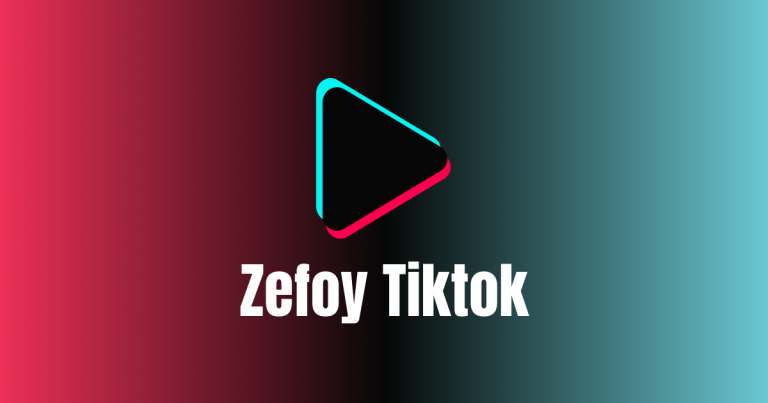Studio Ghibli’s layering of Japanese and western storytelling is key to their success
Studio Ghibli films are in many cases placed into the fairly dubious classification of “Japanese activity”. Numerous watchers anticipate that the studio’s movies should be established in the way of life and accounts of its home country, Japan. This makes its introduction to adjusting western stories all the seriously fascinating.
Studio Ghibli has been fundamentally commended starting around 1985, with the arrival of its presentation highlight Laputa: Palace overhead. The studio 영화 다시보기 later acquired global adoration following the arrivals of Princess Mononoke (1997) and, all the more essentially, Energetic Away (2001), which won the Foundation Grant for best vivified highlight.
Both the studio’s originators have well established interests in adjusting western stories. Hayao Miyazaki was individual from the youngsters’ writing club 드라마 다시보기 at Gakushūin College, which frequently talked about English works. Furthermore, Isao Takahata guided one of the primary World Show-stopper Theater series of European-motivated anime Network programs during the 1970s.
Their initial movies with Studio Ghibli were just tastefully roused by western craftsmanship and design. As far as story, they were normally founded on Japanese stories or manga. Kiki’s Conveyance Administration (1985), for instance, is set in a European city however an original was initially by Japanese creator Eiko Kadono.
Western motivation
This changed with the arrival of Cry’s Moving Palace (2004), coordinated by Miyazaki. It was the first of Studio Ghibli’s variations to take its plot straightforwardly from a European story – English creator Diana Wynne Jones’ novel of a similar name from 1986.
Crafted by Jones (who later uncovered herself to be an admirer of Miyazaki) shares many subjects with Studio Ghibli films. This incorporates extraordinarily fantastical conditions and circumstances, surprising reversals of type standards and decided female heroes who have as much organization, while possibly not more, than any of the men encompassing them.
Notwithstanding, this doesn’t imply that her unique story was left immaculate. Miyazaki’s translation embeds a conflict plot that was absent in the source novel’s account of body trading and sisterhood, expected as a dissent against the Iraq war.
This model uncovers a fascinating component of Ghibli’s variations – that the source material fills in as an imaginative leaping off point for the chiefs to use in their own inventive strategies.
Regardless of this absence of account devotion – or perhaps as a result of it – Cry’s Moving Palace is presently one of the studio’s dearest films.
Stories from Earth Sea (2006), interestingly, are one of the studio’s less effective works. The film was propelled by the Earth sea Cycle series of books by American writer, Ursula K. Le Guin. At the point when asked by the movie’s chief her opinion on the film, Le Guin coolly answered: “It isn’t my book. It is your film.”
This is maybe because of the movie producer behind Earth Sea being Gore Miyazaki, the unpracticed child of Hayao Miyazaki who was being situated as an expected beneficiary of the Ghibli privileged position. His absence of liveliness information when contrasted with his friends might have added to the sluggish plot and oversimplified ethical quality that plague the film – however there’s still a lot to see the value in its creativity.
Once more for the following Ghibli discharge, Hayao Miyazaki was welcomed on to make a western-propelled movement. Pony (2008) is a rendition of The Little Mermaid so profoundly unique that it’s practically unrecognizable from its source material.
Rather than a delightful teen yearning for sentiment ashore, the film follows a splendidly wild little child and how her nonconformist conveys her past the ocean, succumbing to individual toddler Sōsuke simultaneously. In women’s activist terms, the text is absolutely reevaluated, changed from man centric ethical quality story to a story that focuses on the delights of adoration and youth, past orientation jobs.
Global achievement
Ghibli has gone on down the way of making transformations of western stories. Chief Hiromasa Yonebayashi – prepped to be Miyazaki’s replacement – has created a few. These incorporate Arrietty (2010) and When Marnie Was There (2014), both in light of exemplary English kids’ books from the mid-twentieth hundred years.
As well as giving an unmistakable starting point for western crowd individuals, these accounts take into consideration wonderful investigations of the Japanese wide open stylishly suggestive of rustic Britain and contain the female-centered approach that Ghibli has become known for.
Ghibli movements like these have become not just a critical component of the studio’s marking, yet of its colossal global achievement. Films like Energetic Away (2001) and Princess Mononoke (1997) that incline more toward Japanese style, narratives and stories are ostensibly more commonly known, however they make up a shockingly little piece of the studio’s filmography.
These “European palimpsests” (as anime concentrates on researcher Rayna Denison appropriately considers them) have turned into Ghibli’s meat and potatoes in the last long stretches of the studio’s life. Past the undeniable degree of value and imaginative legitimacy in their movies, this might go a workable method for making sense of Ghibli’s persevering through worldwide notoriety. The studio layers Japanese and western narrating and feel into an intricate web that can be close generally delighted in.
Well known film’s penetration of the Oscars even saturated the acting classes. Everything wherever at the same time’s non mainstream cred made selections (and three inevitable successes) for its stars consistent and welcome, however even Dark Jaguar: Wakanda Everlastingly’s Angela Bassett scored a Best Supporting Entertainer designation, the primary acting acknowledgment for the Wonder Realistic Universe. Its internet based being a fan was instrumental here, having believed the institute’s predispositions against their darling establishment.
Presently, Insect Man: Across the Bug Stanza has shown up in front of the 2024 Oscars race. The vivified film flaunts an elegant cast, including past Oscar candidates and champs like Daniel Kaluuya and Hailee Seinfeld in key supporting jobs. Shameik Moore’s lead vocal execution as Miles Spirits is likewise remarkable. As yet sorting out balancing being Bug Man with a convoluted home and public activity, he sounds strikingly conspicuous as a cutting edge teen.






